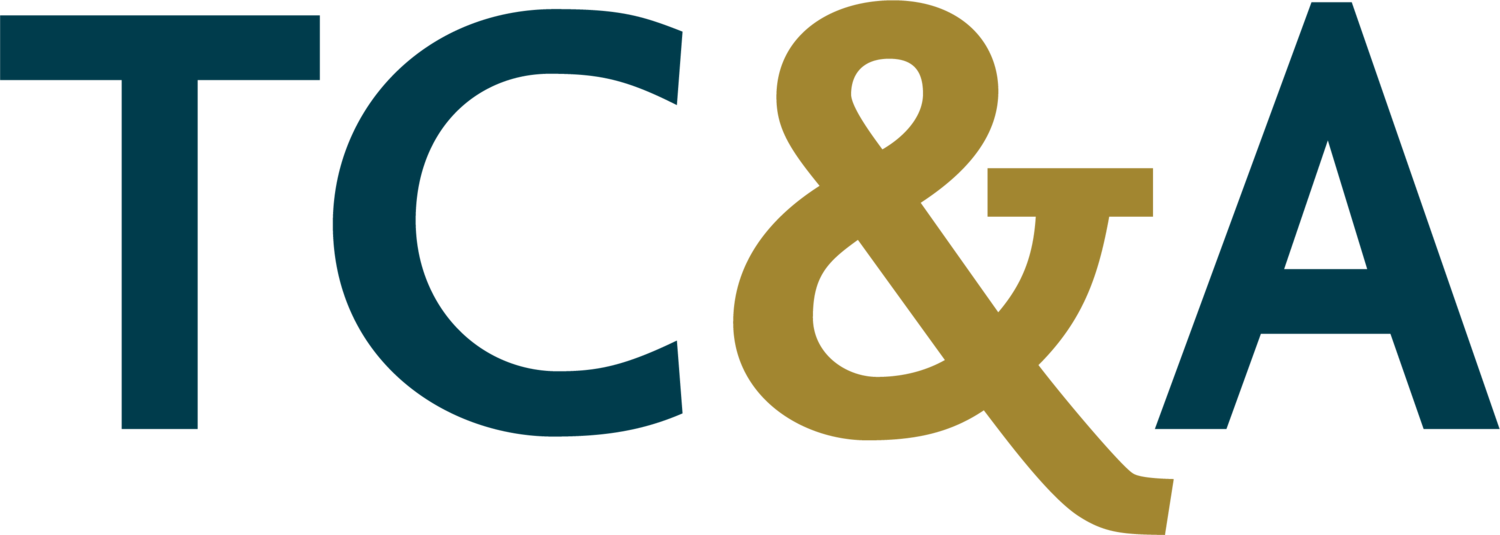“Combining an attitude of gratitude with what is important to you internally and externally will guide your actions both personally and professionally.”
-The Engagement Blueprint
As we learned from the TC&A newsletter in week 1 about Inner Gratitude and week 2 about Conversational Gratitude. We trust you are seeing how gratitude influences your inner words that you speak to yourself and how conversational gratitude influences each part of your brain when interacting and connecting with others.
Your inner being and your brain are meant to work together, in order to create genuine and transparent interactions with those you care about, those you engage and work with and those you barely know – Your starting place of gratitude influences everyone and everything around you.
There are three interesting statistics in relation to the importance that people allocate when engaged with you (Chelsea and I as leadership coaches, as well):
7% say words are most important
38% say tone of voice is most important
55% say nonverbal behaviors are most important (i.e., facial expressions)
As Leadership Coaches, we are dedicated to supporting your leadership and management with an “Attitude of Gratitude” with your words, tone of voice and nonverbal behaviors when leading and working with others.
From our experience, we find, the majority of our Leadership Coaching is in support of you having effective and respectful conversations, even when you are addressing challenges, complexities and differing opinions – your leadership effectiveness and mindfulness in gratitude influences every conversation and outcome.
This is “WHY” An ATTITUDE OF GRATITUDE is so IMPORTANT! It is a learning mindset that creates a flow of energy that is healthy, intentional and focused.
Our mindset regarding our INNER GRATITUDE will provide the foundation for our CONVERSATIONAL GRATITUDE. Appreciating a heightened awareness of gratitude leads and guides us to conversations that are encouraging, supporting, enlightening and influencing, which consistently influences our ATTITUDE OF GRATITUDE.
As you reflect on creating a strategy for “An ATTITUDE OF GRATITUDE”:
Choose one of the areas you want to improve –
1. How you use your words
2. Your tone of voice
3. Your nonverbal behaviors
Now, create 3 behaviors that will support your improvement in the area you chose
Lastly, choose your desired outcome that you would like to experience.
Our November newsletters may have taken you deeper than you thought you were going to go when thinking about being “GRATEFUL”. Yet, it is so important to continue to build your tools and resources in understanding “why” you experience the best of outcomes and “why” you may need to practice for greater outcomes that are important to you. And, “why” Gratitude has many layers – Inner Gratitude, Conversational Gratitude and having an Attitude of Gratitude before experiencing anything externally positive and meaningful.
References: “Conversational Intelligence – How Great Leaders BUILD TRUST and Get Extraordinary Results” by Judith E. Glaser and TC&A tools and resources

